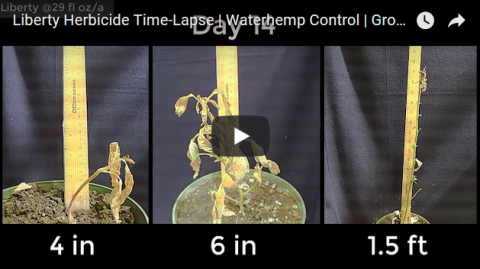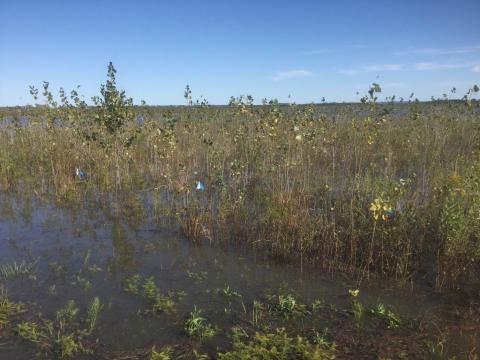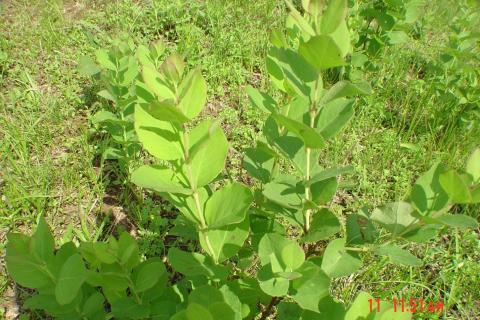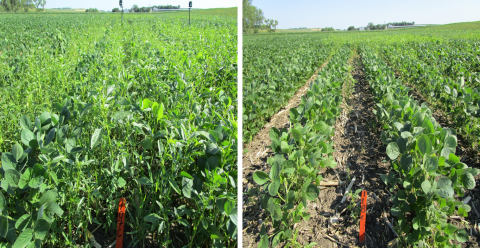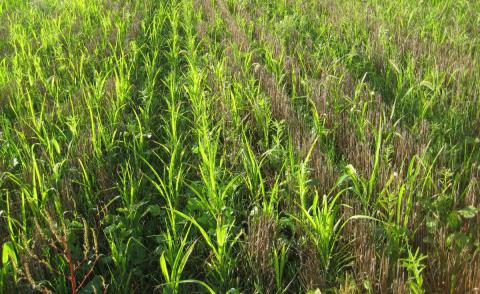Consider Weed Growth Stage for Optimum Control with Liberty Application
May 23, 2018
Consider these three guidelines to ensure maximum weed control with Liberty in LibertyLink corn and soybean and view a time-lapse video demonstrating how quickly waterhemp regrows when treatment occurs after the optimal weed height of 4 inches or less.
Research Findings on Chemical Control of Cottonwood
May 22, 2018
Cottonwood offers many benefits, but also can be an invasive and difficult-to-control weed. Nebraska researchers studied control efficacy of eight herbicides over two years and found three products provided total control more than a year; however, they also noted a caution for areas with high water tables.
Study: Efficacy of Herbicides in Buckbrush Control
May 22, 2018
A two-year weed management study in northeast Nebraska evaluated herbicide options for controlling buckbrush, a common perennial weed in Nebraska pastures and rangeland. One herbicide provided year-round control, while several others provided season-long control.
Weed Management and Cover Crop Field Day at SCAL
May 22, 2018
View demonstrations of new technologies and herbicides for weed control in corn, soybeans, and sorghum and cover crops effects on soil health and pest management at the June 27 Weed Management and Cover Crops Field Day. It will be held at the South Central Ag Lab near Clay Center.
Preemergence Herbicides Delayed the Critical Time for Weed Removal in Soybean
May 16, 2018
Researchers tested two herbicide strategies in soybean to see how preemergence herbicides would delay the critical time of weed removal, likely reducing the number of herbicide applications needed in a season.
Q&A on Spring Herbicides and Fall Cover Crop Plantings
May 14, 2018
Grower question: Can I use a herbicide like Callisto, with mesotrione as its active ingredient, now and plant radishes and turnips for a cover crop in early September?

Preemergence Herbicides Influence the Critical Period for Weed Removal in Roundup Ready Corn
May 11, 2018
Researchers tested three preemergence herbicide strategies in Roundup-Ready Corn to identify how their application affected the critical period of weed control — the period when weed control is essential to avoid yield loss.
Postemergence Weed Control in Alfalfa
May 9, 2018
New alfalfa seedlings do not compete well with weeds and are best managed when small. Here are management tips for when you mow or use chemical control measures.
